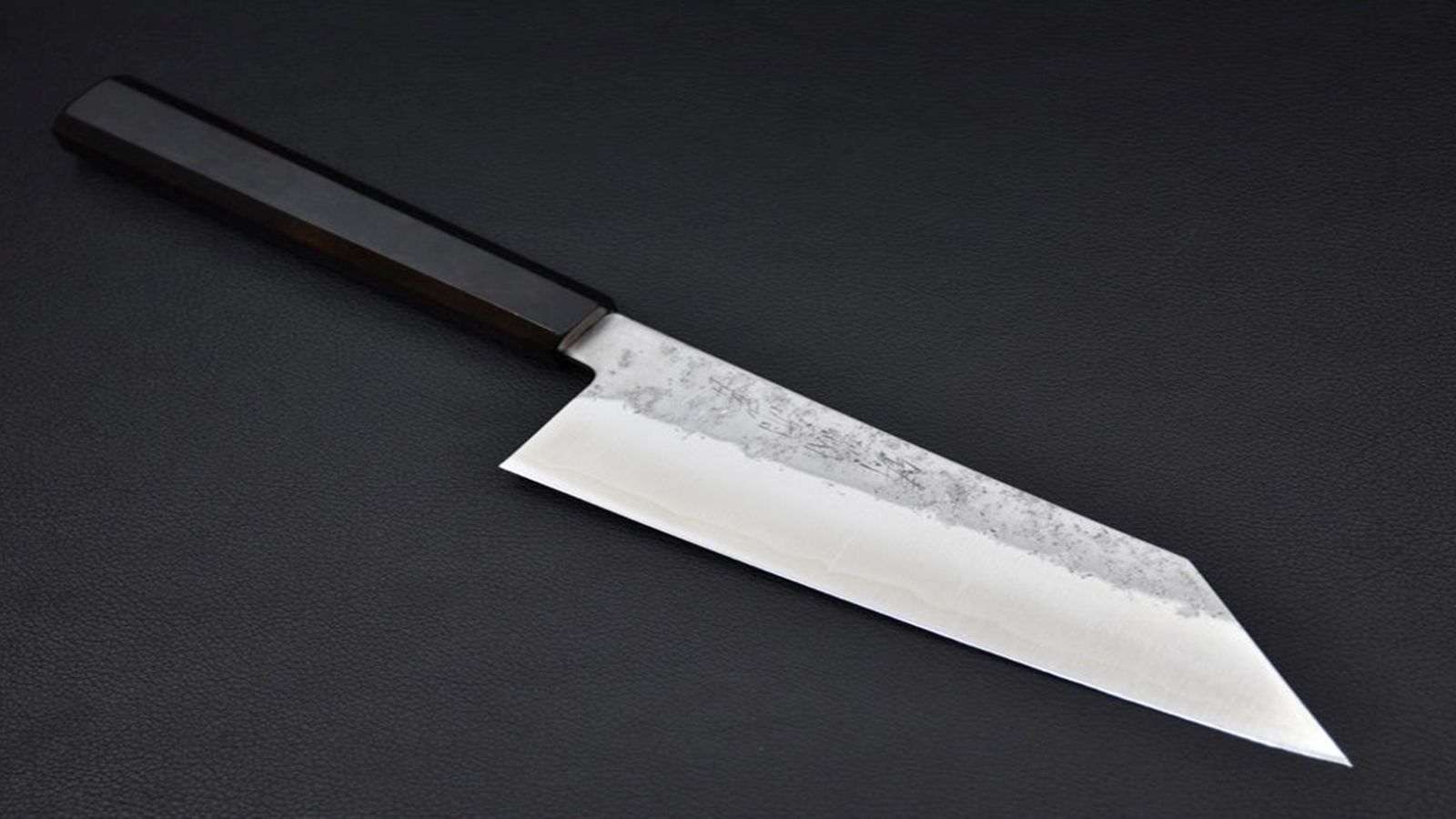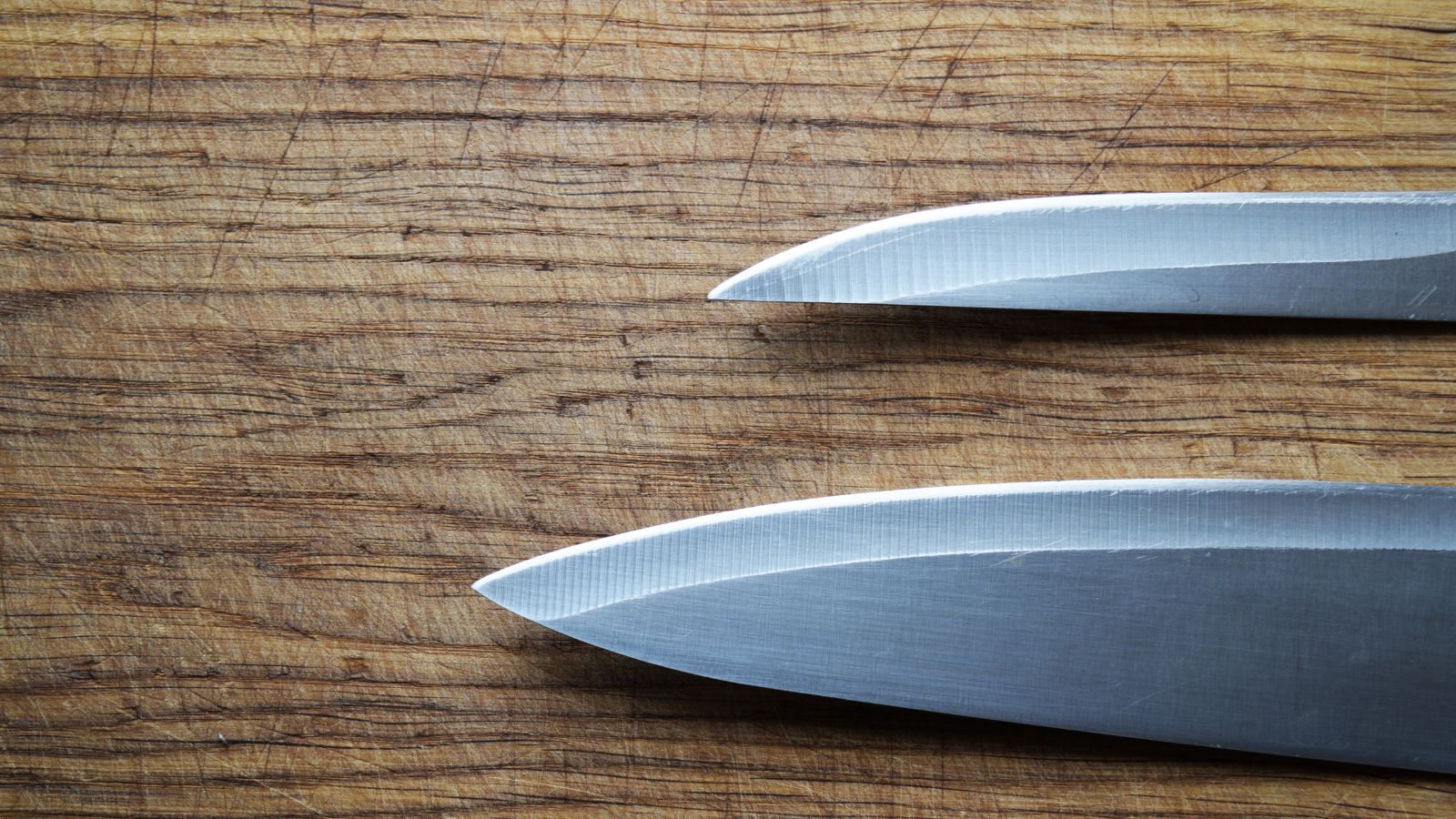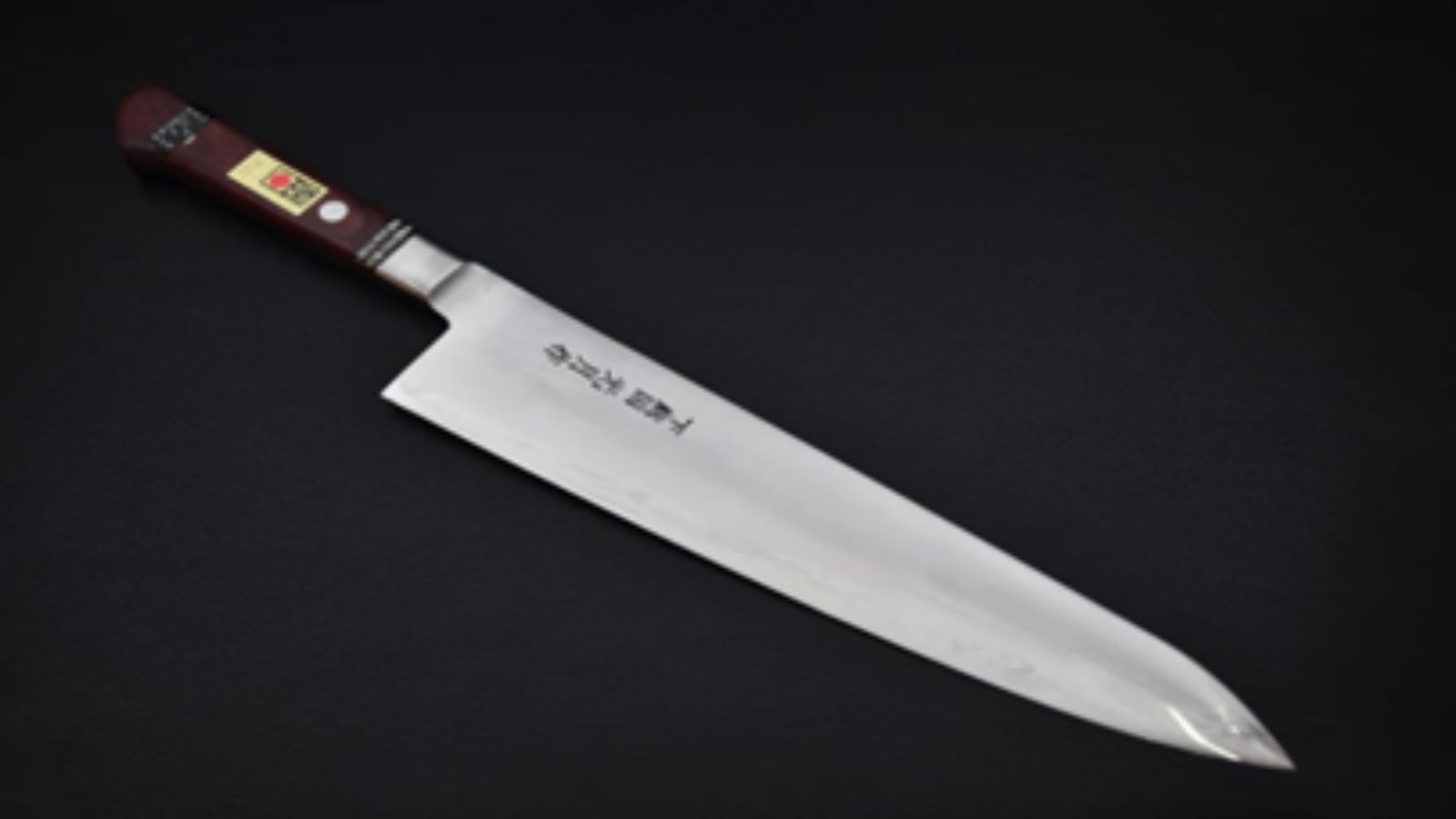
In advanced cuisine culture, precision is not so much a skill as an act of respect for ingredients. None of the tools that create that act is more highly regarded than the Japanese kitchen knife. Japanese knives have won over chefs globally for their breathtaking craftsmanship, icy sharpness, and cultural history. But why does sharpness matter, and what science lies behind these legendary blades?
Let’s explore the secrets of what makes Japanese knife blades unique and how sharpness transforms cooking into culinary excellence.
Traditional Craftsmanship Meets Metallurgical Mastery
The history of Japanese knife blades begins with a tradition passed down over centuries of samurai swordcraft. Techniques developed for katana production were transferred to kitchen knives, emphasizing meticulous forging and hand-finishing. However, behind beauty and tradition lies the science of metallurgy.
Most Japanese knives are made of high-carbon steel, such as Blue Steel (Aogami) or White Steel (Shirogami), which allows for harder blades with the capacity to form an ultra-fine edge. The Rockwell Hardness Scale (HRC) usually defines a material’s hardness, which would typically categorize Japanese blades at HRC 60–65, considerably higher than most Western knives.
Such hardness allows for:
- Sharper edges with more extended durability
- Narrower blade profiles with less cutting resistance
- More precision for such delicate tasks as slicing sashimi or julienning herbs
However, more hardness in steel also implies more brittleness, so the blade’s geometry and the sharpening angle are critical to preserving that legendary sharpness.
The Science Of Edge Geometry And Angles
While Western knives typically feature a double-beveled edge at 20–22 degrees on both sides, Japanese knives typically feature single-bevel or excellent double-bevel edges at 12–15 degrees. The more acute angle creates a sharper cutting edge with less drag.
A sharper knife:
- Cuts cleanly through soft produce without crushing cells
- Reduces friction for smoother cuts and efficiency
- Preserves flavor and structure by not bruising or tearing
Edge geometry also controls knives’ behavior. A yanagiba, for example, used for sushi, features a long, thin single-bevel edge, perfect for long, uninterrupted slicing strokes that help preserve the texture of raw fish. A gyuto, the Japanese equivalent of a chef’s knife, balances versatility and sharpness for meat and vegetables.
Why Sharpness Enhances Culinary Precision?
Every movement in the kitchen matters. A dull knife doesn’t just slow down a cook—it ruins the dish’s quality. This is the impact of sharpness on precision cooking:
● Consistency Of Cuts
Precise cuts from sharp knives translate to equally cooked and beautiful-looking dishes. Whether dicing onions or slicing meat, consistency means predictability—the secret to well-oiled professional kitchens.
● Improved Safety
Contrary to common myths, sharp knives are more secure than their dull counterparts. Dull blades require extra pressure and slip, increasing the likelihood of accidents.
● Ingredient Integrity
Clean cuts preserve moisture and avert oxidation. For fragile products like herbs or tomatoes, sharpness preserves aroma, color, and flavor.
● Increased Efficiency
Sharp knives save on fatigue, and repetitive prep becomes less taxing and more enjoyable, even for professional cooks.
In precision-based foods such as Japanese, where presentation and mouthfeel are critical, keen knives are necessary.
Blade Materials: Steel Types And Their Role
The edge retention of a Japanese knife also depends upon steel composition and its ability to absorb and retain an edge. Typical forms of steel employed are:
- Shirogami (White Steel): Purer than Western carbon steel, it holds an extremely fine edge, ideal for enthusiasts who constantly sharpen it.
- Aogami (Blue Steel): Mixed with chromium and tungsten to provide better edge retention and hardness.
- VG10 Stainless Steel: A contemporary choice that weighs corrosion resistance against sharpness, used in many contemporary hybrid knives.
All of these forms of steel require specific sharpening techniques and maintenance. Carbon steel knives, while sharper, need to be treated with care in drying and oiling to prevent rust, while stainless steel types offer low-maintenance functionality for the hectic kitchen.
The Importance Of Proper Sharpening
Maintaining a Japanese knife’s sharp edge requires proper whetstone sharpening, a tradition deeply rooted in Japanese cuisine. Unlike Western methods that rely on electric sharpeners, old-timers prefer water stones to restore the blade’s edge gradually.
The procedure involves:
- Sharpening the edge at the correct angle (usually between 12–15 degrees)
- Gradually using progressively finer stones to polish the blade
- Deburring and finishing with a leather strop or fine honing rod
Sharpening is not only about re-sharpening—it’s a ritual of meditation, a connection to the blade’s purpose and craftsmanship.
Cook Smarter With Stay Sharp
At Stay Sharp, we admire the elegance and precision of Japanese knives. Whether you’re a pro chef or a home cook enthusiast, having a beautifully crafted, razor-sharp knife in your kitchen elevates your cooking experience to the next level. Our curated collection offers high-quality Japanese blade brands, each chosen based on steel quality, craftsmanship, and edge retention. We also offer sharpening services and expert advice to maintain your blades confidently.
Experience the transformation that sharpness lends to your cooking craft. If you cook with the right blade, you’re cutting and shaping. Our knives are designed to offer utmost precision so you can chop, dice, and slice effortlessly and precisely. Whether you’re cooking a sensitive dish or taking on a hearty recipe, our blades offer a silky, easy-to-use experience that inspires creativity in the kitchen.
Conclusion:
In Japanese cooking, the knife is not just an instrument—it’s an extension of the chef’s will. The cut of a Japanese knife manifests a passion for detail, taste, and beauty. With centuries of art and metallurgy behind them, these knives are intended to cut, beautify the ingredient, and enhance the cooking experience. Understanding the science of Japanese knives’ sharpness is not so much a technical education—it’s an introduction to more intuitive, creative, sophisticated cooking techniques. The next time you pick up your gyuto or santoku, remember this: each edge has a story, and each slice has a purpose.








